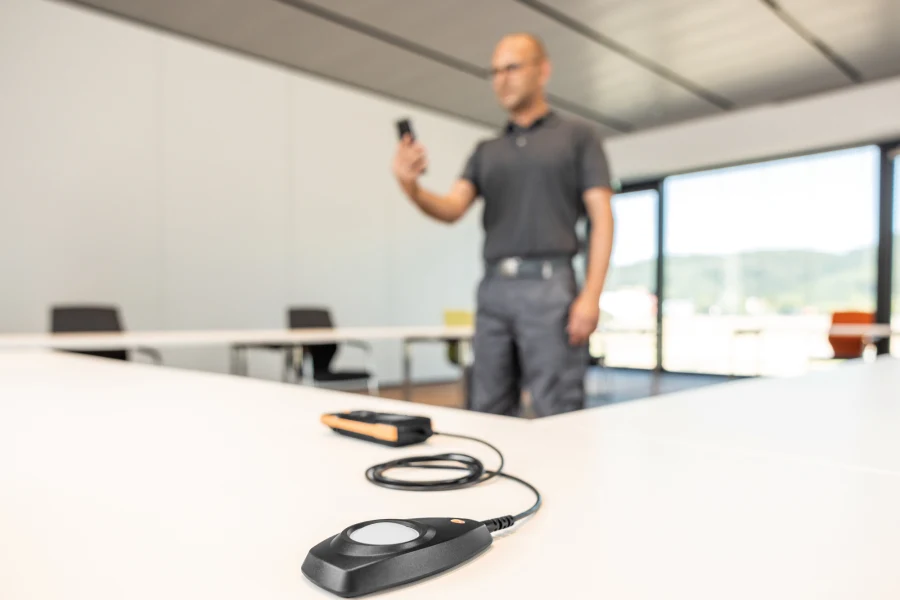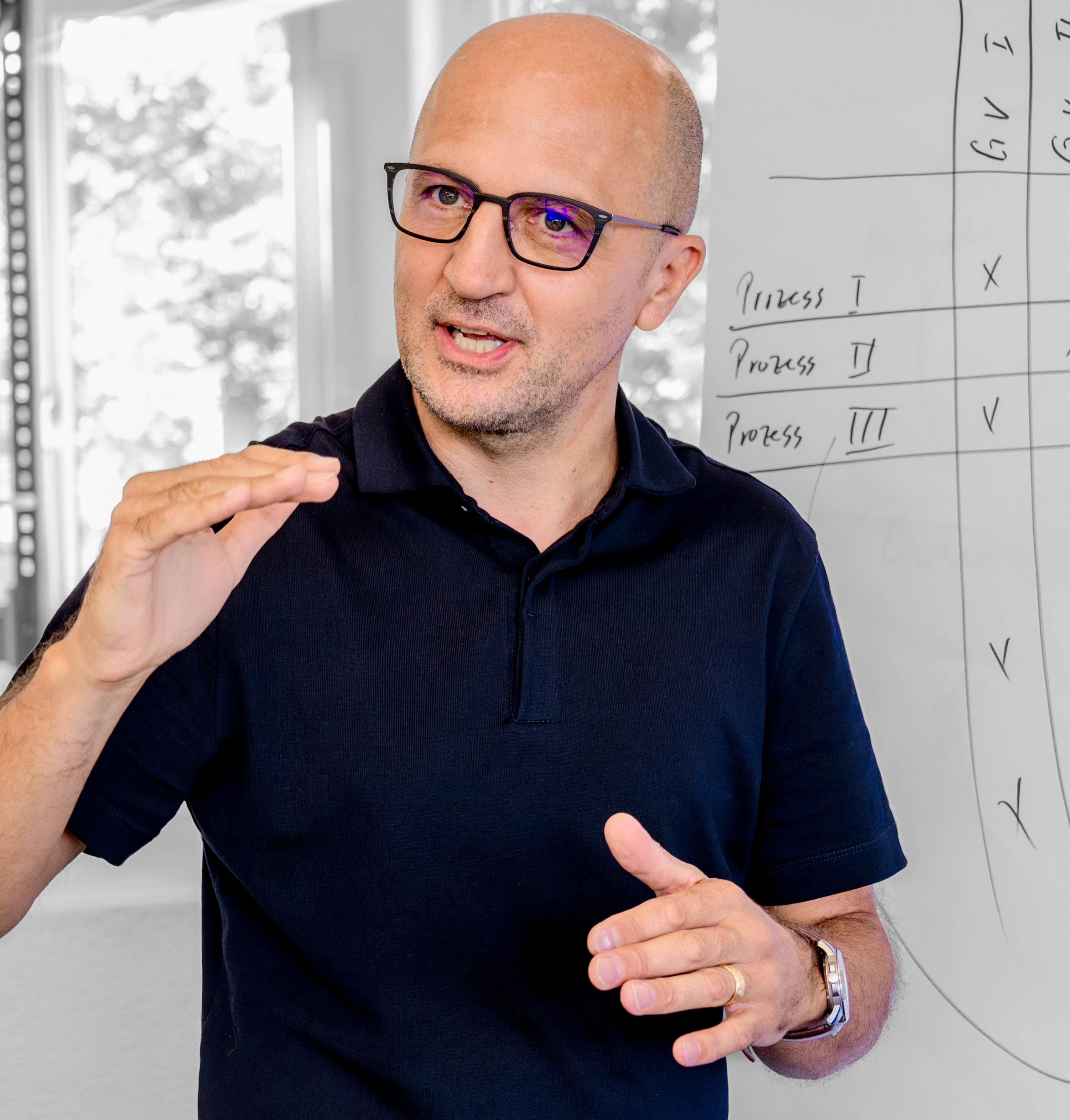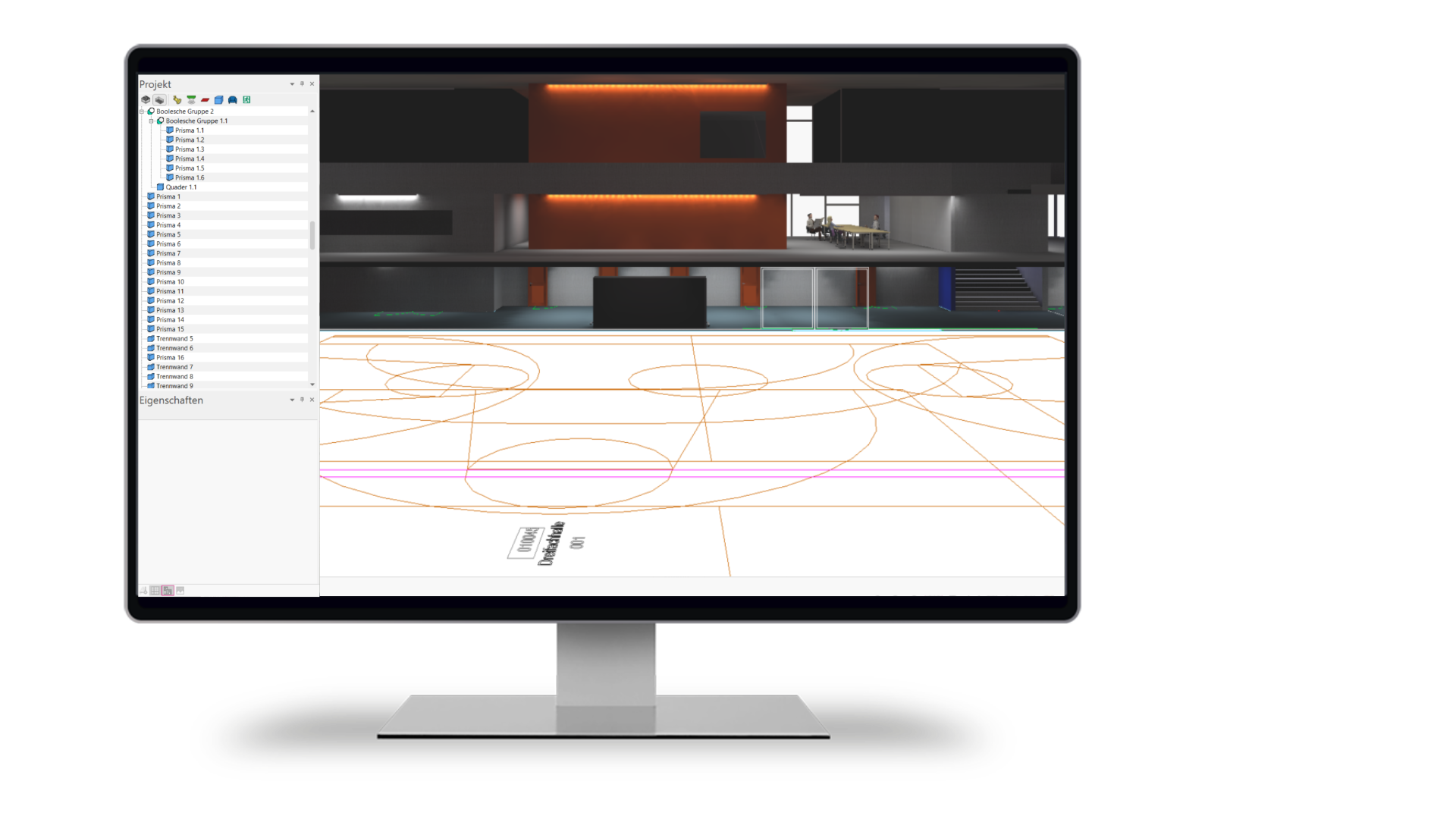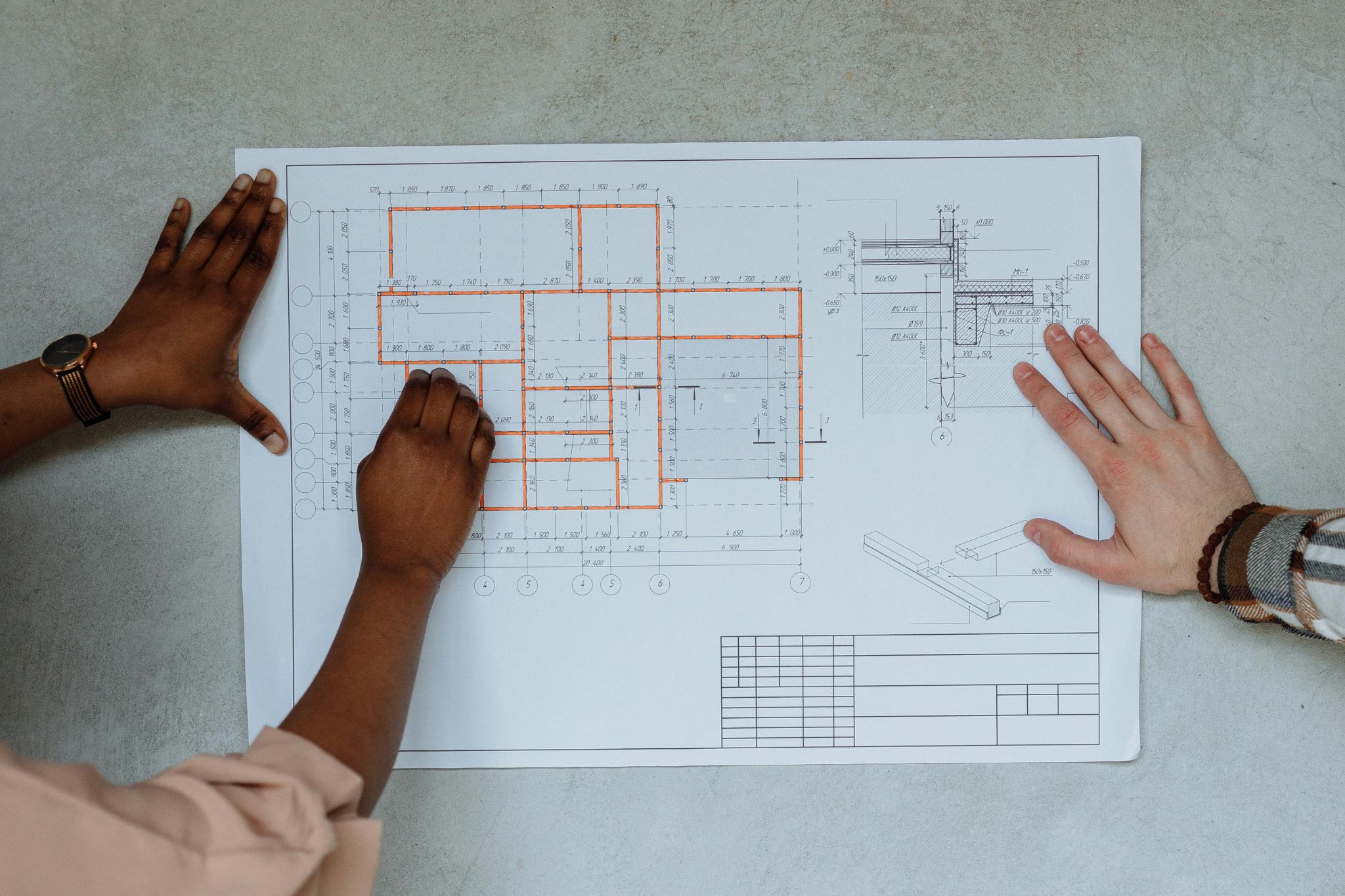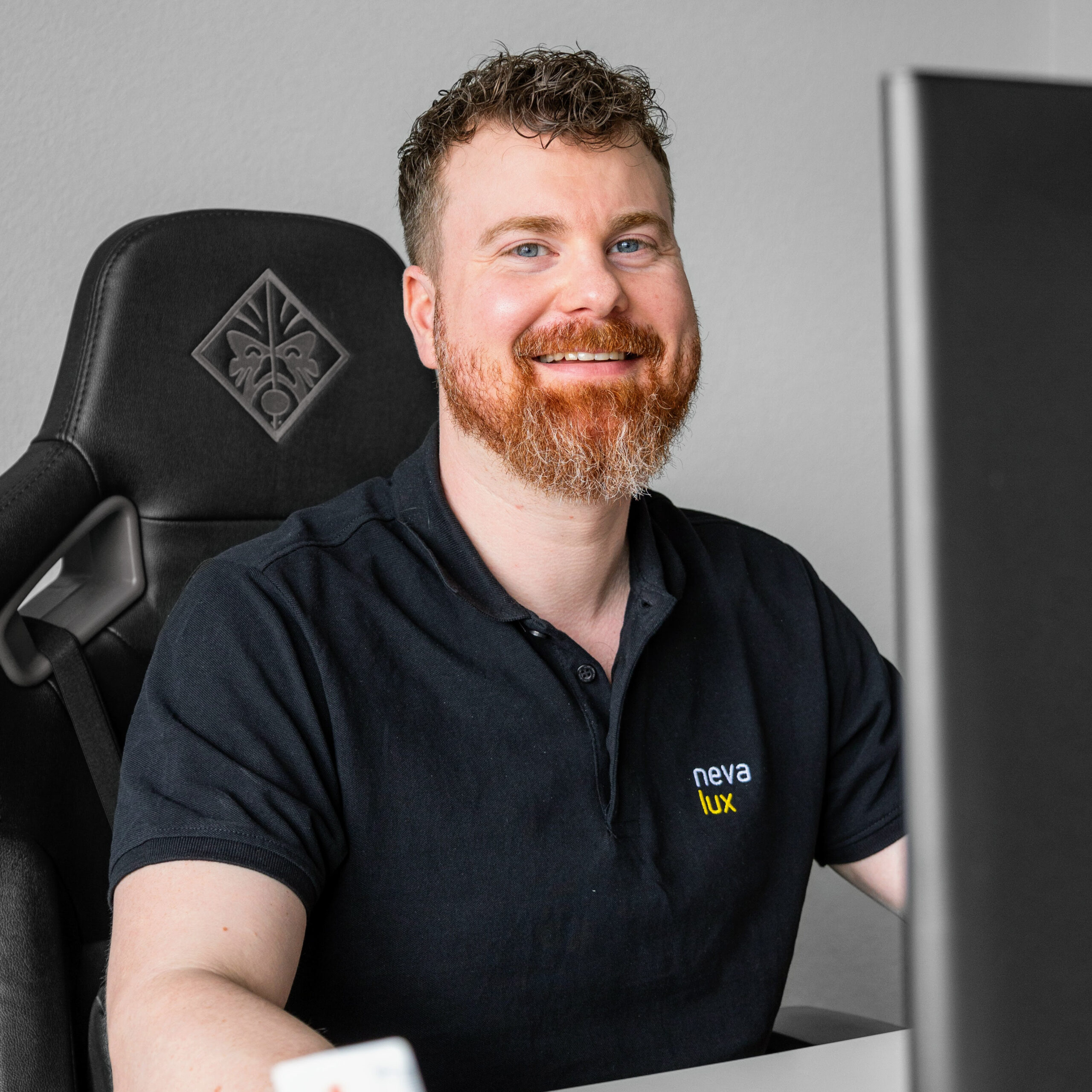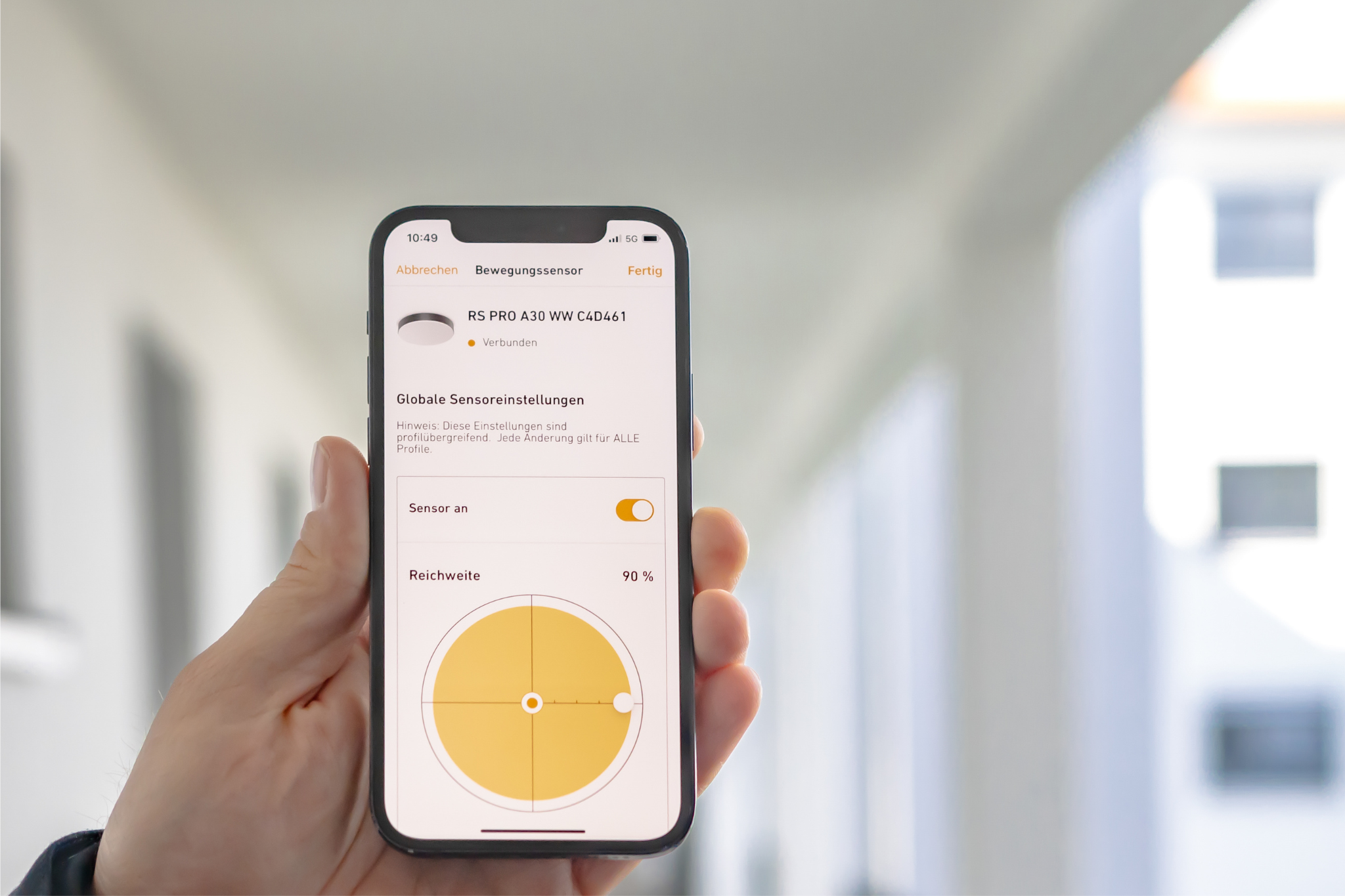

Did you know that the potential of intelligent lighting can only be fully utilised if it is commissioned correctly?
This steps are important:
1. The full energy-saving potential can only be realised if an intelligent lighting solution is commissioned correctly.
2. Less is often more! This applies to illuminance and run-on time.
3. Small lighting groups mean the greatest possible energy savings.
4. Networks and clouds: this is also part of commissioning. That’s why data protection must be an issue.
Careful, professional commissioning is essential in order to utilise all that intelligent lighting solutions have to offer. According to energieschweiz, this can save up to 30 per cent more energy. In this blog, you can find out what to look out for when it comes to correct commissioning!
The right illuminance (lux) is crucial for energy efficiency and comfort. However, experience has shown that this is set too high in many projects.
- The illuminance in the various areas should be set according to use. For example: 300–500 lux in offices, but lower values are sufficient in traffic zones.
- The adjustment can be made dynamically depending on the time of day and actual demand.
- The lux values can be . This guarantees optimum lighting quality and saves energy at the same time.adapted automatically depending on the amount of daylight.
- Fine tuning works via an app.
The run-on time defines how long the light remains active after the last detected movement.
- It should be set to maximise energy savings while ensuring safety for users.
- The run-on time is often set to five minutes or even more, which is too long in many cases. With correct commissioning, the run-on times in a stairwell, for example, are set to one minute in accordance with the SIA recommendation for intelligent lighting.
Small light groups are ideal, thanks to quality sensors and a high sensor density this is easily possible.
- Forming groups that are as small and well-structured as possible saves a lot of energy.
- Thanks to the networking of the groups via the swarm function, the full energy-saving potential is ensured while at the same time providing a high level of user comfort.
- When planning, make sure that the groups are sensible and tailored to the use of the respective room area.
Daylight measurement is an important aspect of intelligent lighting. This allows the lighting to be regulated in relation to the natural light component. .
- A light sensor measures the brightness of the natural light and adjusts the artificial lighting accordingly. This ensures a constant light level.
- Correct commissioning ensures that the sensors are positioned in the right places in the room and have been calibrated correctly.
- The more careful the commissioning, the more precise the measurement and the adjustment of the lighting to the daylight.
As intelligent lighting systems are often connected to networks and cloud services, it is crucial that security and data protection requirements are also taken into account during commissioning.
- Usage statistics should be stored and transmitted securely to avoid data breaches.
- It is important that all software updates are carried out regularly and that all systems are protected against unauthorised access.
- The implementation of security measures such as encrypted connections or multi-level authentication provides further protection for the system.
And finally, this:
Are you interested in an intelligent lighting solution that is carefully commissioned? Then get with us.intouch And take a look our references.
